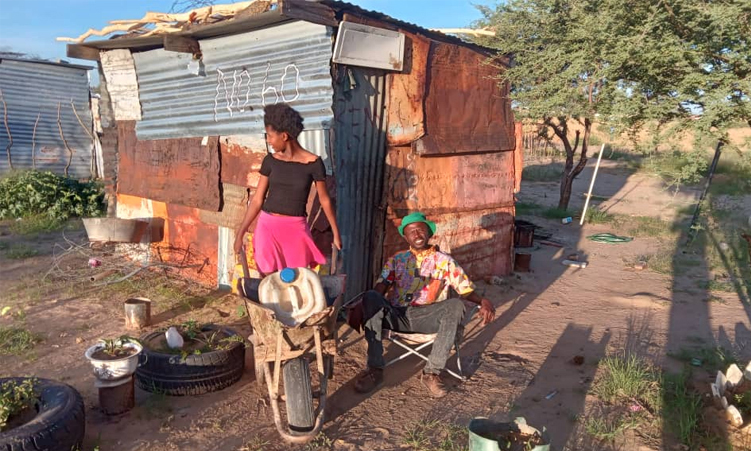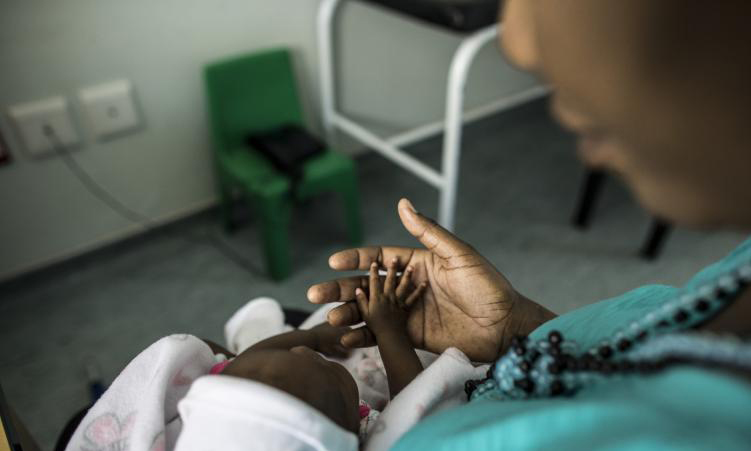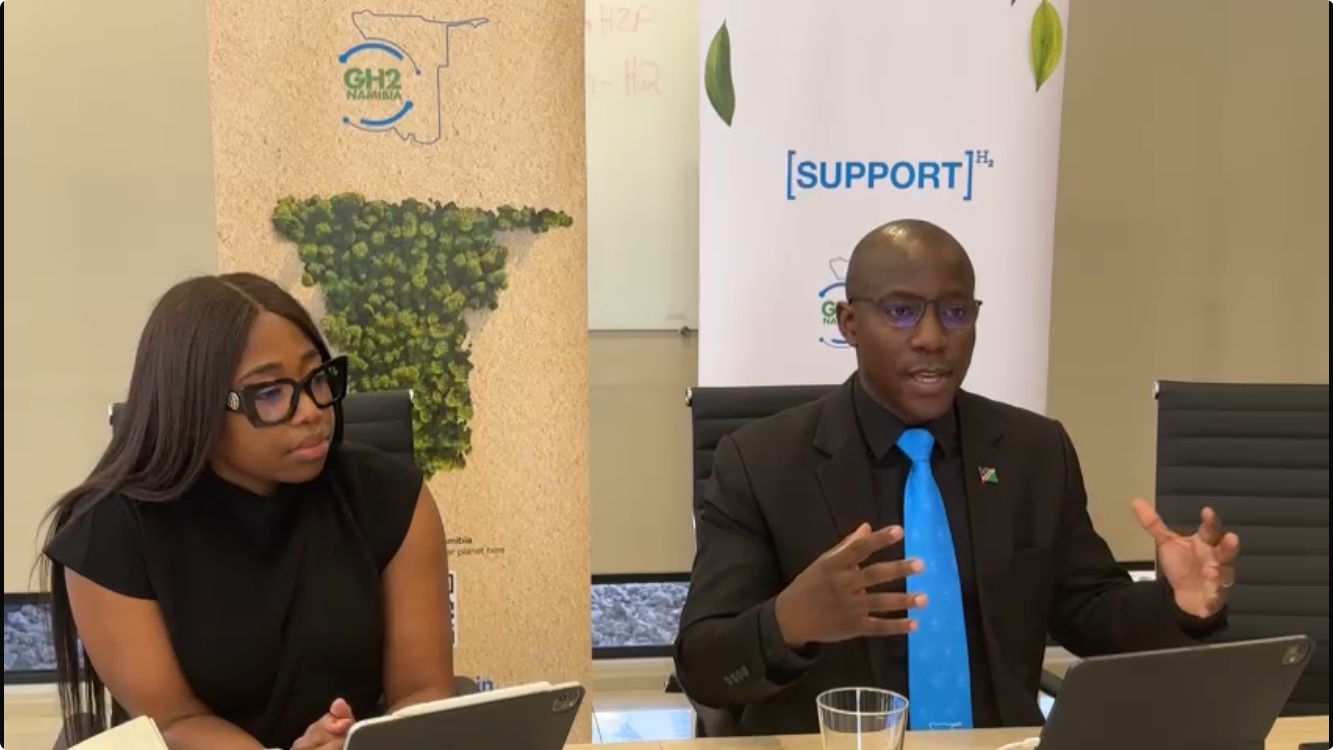After independence in 1990, Namibia introduced education reforms to address the deep-rooted inequalities of the colonial period.
The need for reforms is also influenced by advocates of social reconstruction theories such as Paulo Freire, Karl Marx, George S Counts and Theodore Brameld, who emphasise the need to address social questions in pursuit of a better democratic society.
One of the issues in Namibia’s education system is the segregation of people with disabilities in schools, which Namibia has tried to combat in various ways.
In June 1994, Namibia was among 92 countries that participated in the World Conference on Special Needs Education in Salamanca, Spain.
Delegates adopted a statement on inclusive education which calls for providing education for children with disabilities in the regular education system.
It is believed this can only be achieved when an education system is framed in such a way that it fits children’s diverse needs and characteristics.
Namibia was a signatory to the statement, which notes that all children are fearfully and wonderfully made, with diverse characteristics, interests, abilities and learning needs.
‘HOT’ ON THE GROUND
Namibia agreed to a control mechanism to assist in executing a policy on inclusive education in 2013.
This policy is effectively embraced by the Namibian Constitution, which calls for education for all and states that “no person may be discriminated against”.
This teaches us (the government, school managers, teachers, institutional workers, parents and stakeholders) that there are no grounds for discriminating against people with disabilities.
However, there has been little if any progress in conforming to the call for inclusive education in Namibia, according to my observations.
For the past 11 years in the teaching profession, I have seen how our education system finds it hard to push forward; “etemba lya yi momunoko”.
The question remains: What, why, how and when?
I applaud the government for its wonderful initiatives and efforts towards an overall paradigm shift in education.
However, inclusive education glistens on paper, but dims when it comes to implementation. In short, it is ‘hot’ on the ground!
Even though Namibia has a dynamic policy, the government and education stakeholders have failed to educate the nation on inclusive education.
Those who represented the government at the Salamanca conference have ample information about the system to do so.
OVERCOMING OBSTACLES
Namibia is one of many countries with roots in traditional education.
Many Namibians believe in taboos. Sadly, disability is feared among some sections of our society.
As a result, there are those who regard a disablility as ‘abnormal’ or born out of bad luck, or who even attribute it to witchcraft.
This leads to some parents taking decisions not in their children’s interests, including hiding them from society.
It would therefore have been helpful if the government, specifically the education ministry, could have taken ‘baby steps’ by sensitising people that ‘disability does not mean inability’ – through road shows, social media, newspapers and electronic media campaigns .
We need to educate fellow Namibians that people with disabilities are talented in their own way and should be in regular schools to learn, and to allow others to learn from them.
This will help build trust among parents to eventually bring their children out of the house to learn with other children.
As Russian psychologist Lev Vygotsky notes: “A child’s cognitive development and learning ability can be guided and mediated by their social interactions.”
RESOURCES
Providing resources is another major stumbling block to successfully implementing inclusive education in Namibia.
This aspect is collective in the sense that it carries a heavy load: It entails educational infrastructure designed to accommodate pupils with disabilities, ensuring the provision of resourceful teachers who are well trained to cater to pupils with disabilities.
For example, being able to identify autistic pupils, and knowing how to assist children with disabilities to learn to master the curriculum and benefit from it like others.
Are we not neglecting these children’s rights to access a dignified education that is inclusive?
Furthermore, you still find mainstream schools admitting pupils with disabilities without providing resources that fit their needs.
This may include information and communication technology (ICT) or assistive educational devices.
The lack of ICT is a major challenge and may result in poor performance among pupils with special needs – some pupils learn best with the help of devices based on their needs.
Not having them available can mean a fruitless journey in education.
LET’S WALK THE TALK
All education stakeholders should walk the talk on fundamental human rights by ensuring coordination in educating children and parents about various disabilities, the need for social interaction, and providing adequate and certified resources in schools to ensure a conducive and inclusive learning environment for pupils with disabilities.
Lastly, the government – through a responsible office – should closely monitor the progress of pupils with disabilities.
They need to check if they are progressing, what their needs are, and whether they are provided with the correct resources to meet their needs.
Secilia Bonifatius Nafenya is a PhD student in special education and a secondary school teacher. These are her personal views.
Stay informed with The Namibian – your source for credible journalism. Get in-depth reporting and opinions for
only N$85 a month. Invest in journalism, invest in democracy –
Subscribe Now!






